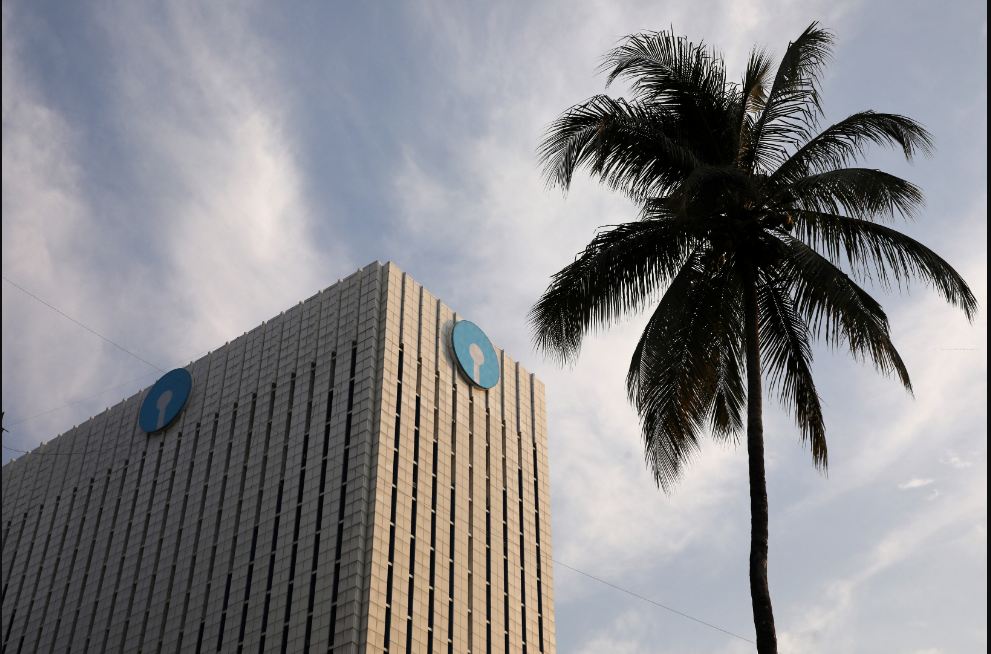SBI’s Bond Success Sparks $1 Billion Tier II Debt Wave Among India’s State-Run Banks
Mumbai – The State Bank of India’s successful bond issuance has inspired a new wave of confidence in India’s financial markets, with several public sector banks preparing to raise nearly $1 billion through Tier II bonds to strengthen their capital and support future growth.
India’s largest lender, the State Bank of India (SBI), has set the stage for a new chapter in the country’s financial sector.
Following its successful bond issuance worth 75 billion rupees, several other state-run banks are preparing to follow suit, aiming to collectively raise around 90 billion rupees ($1.01 billion) through Tier II bonds by the end of the year.
This development is being hailed as a positive signal for India’s banking stability and investor confidence. Leading public sector lenders, including Punjab National Bank, Canara Bank, Bank of India, Indian Bank, and Indian Overseas Bank, are now gearing up to launch their own Basel III-compliant debt issues.
SBI’s recent offering was priced aggressively, with a 10-year Tier II bond at a coupon rate of just 6.93%, only 30 basis points above the government bond yield. This strong pricing demonstrated both investor trust and the growing maturity of India’s fixed-income market.
The success of SBI’s issue has not only highlighted the low-cost funding potential for banks but has also created momentum for others to enhance their capital adequacy ratios, ensuring financial resilience under regulatory requirements.
Investor appetite for Tier II bonds is expected to remain strong. In an environment where equity markets face volatility, investors are increasingly attracted to the stability and returns of fixed-income instruments.
Financial experts believe that the timing of these issuances is highly strategic. With rate cuts anticipated in the near future, new bond offerings could help investors secure higher yields, adding to their appeal.
Such conditions create a win-win scenario for both lenders and investors, strengthening India’s capital markets further.
Some banks may introduce bonds with a five-year call option, offering greater flexibility and attracting a wider range of institutional investors, including asset management firms. These bonds are particularly attractive due to their yield advantages and duration flexibility.
Industry leaders see this as a sign of growing sophistication in India’s debt market. Abhishek Bisen, head of fixed income at Kotak Mahindra Mutual Fund, emphasized that with the rate cut cycle nearing completion, investors will prefer spread assets and corporate bonds that balance yield and risk efficiently.
According to plans shared by market insiders, Indian Bank and Indian Overseas Bank will each raise around 10 billion rupees, while Bank of India is set to raise 30 billion rupees.
Punjab National Bank and Canara Bank are targeting 20 billion rupees each. These moves demonstrate a coordinated effort by India’s major public sector lenders to strengthen their balance sheets ahead of maturing debt obligations.
Maturing Tier II bonds are another key driver behind the new wave of issuances. Bank of India, for example, has bonds worth 30 billion rupees due in December, while Canara Bank faces maturities of 22.5 billion rupees and Indian Bank’s 10 billion rupee bond is also scheduled to mature in the same month.
Market analysts view this surge in debt issuances as a reflection of strong investor faith in India’s banking system, underpinned by robust macroeconomic fundamentals and stable monetary policy.
By leveraging this positive market sentiment, state-run banks are positioning themselves for future growth, improved credit profiles, and enhanced lending capacity.
This will also contribute to funding India’s expanding economic activities, from infrastructure development to business financing.
Overall, the surge in Tier II bond sales represents a milestone in India’s financial evolution, promoting a deeper and more resilient debt market.
With the continued participation of both domestic and global investors, the momentum initiated by SBI’s success is expected to sustain India’s financial growth trajectory in the months ahead.



